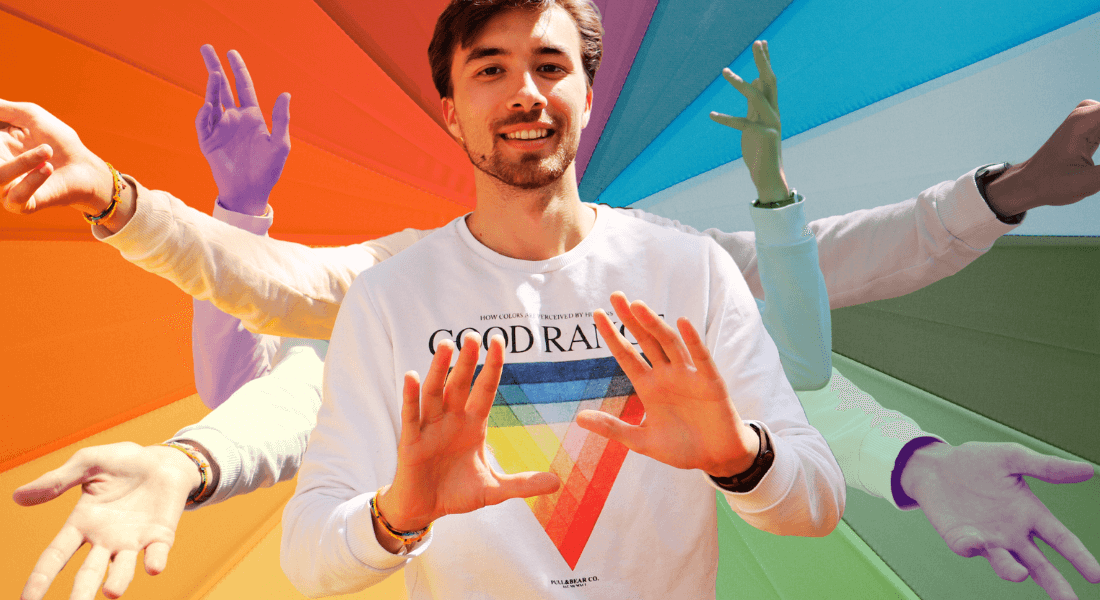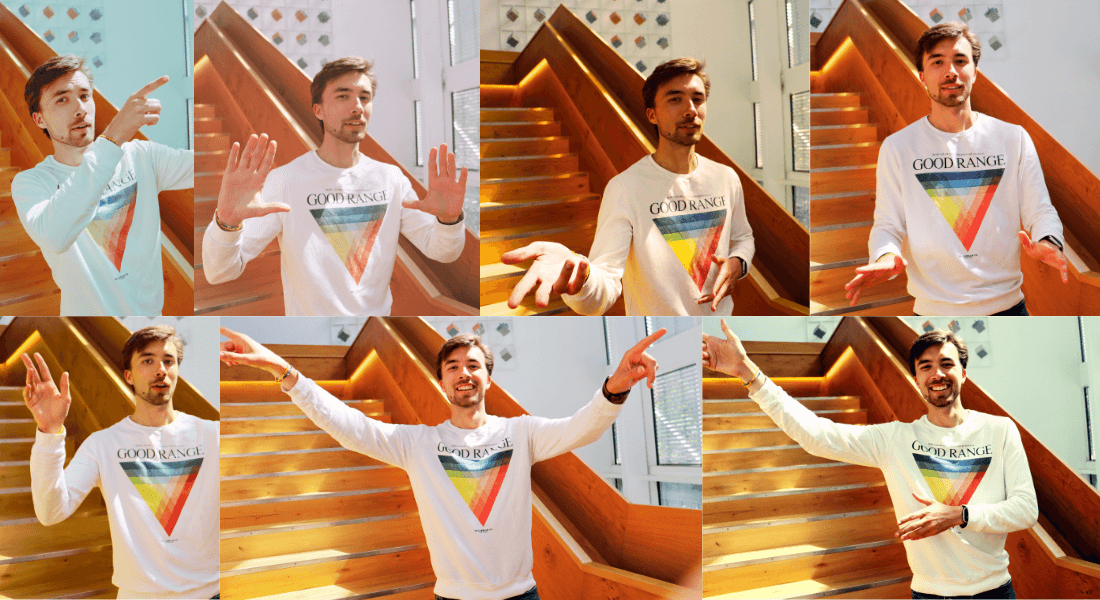New Ph.D.-fellow: We should utilize the body to learn programming
When working with computers, we must remember that we are human beings, says new Ph.D.-fellow Fridtjof Ronge Gjengset.

From the United States to Norway, programming is in the process of making its way into the school curriculum, and the same is likely to happen in Denmark - even though the concrete solution is caught in political limbo.
We still however don't know the best way to teach coding and computational science to children and young people, says Fridtjof Ronge Gjengset, a new Ph.D.-fellow at the Department of Science Education.
"It's a new field of research, and it's still not established how to effectively teach and evaluate programming at this level," he explained.
In the coming years, Fridtjof Ronge Gjengset will investigate whether the idea of embodied cognition can be one of the keys to succeeding in teaching abstract coding concepts to students in lower and upper secondary school.
"Embodied cognition is about how we use the body when we think," said Fridtjof Ronge Gjengset.
Cognition with the body
Traditional theories of cognition treat cognitive processes as something that takes place exclusively in the brain. But recent brain research and empirical research suggest that the environment around us and the state of the body affect cognition. In this way, learning is closely linked to the body, the senses and the surroundings.
"The old theory sees the brain as a computer, where you have an input, do some calculations and get an output. But when we look at how people think, we can see that this is not the case," said Fridtjof Ronge Gjengset.
"We're not able to work at 100 percent efficiency all the time. You can have a bad day. You can have a meeting where you forget everything you should have said. We can't treat the brain like a computer, and the point of embodied cognition is to take into account that we're human."

Gestures and code concepts
It is precisely in the work with codes and computers that there is a need to use the body, Fridtjof Ronge Gjengset believes.
"In most sciences, you have a physical counterpart. If you teach students about the movement of a ball in physics, you can give students bodily experience with it. But they don't necessarily have that in programming. In most cases, they just worked on their computer, and for many students it is difficult to understand and not very motivating," said Fridtjof Ronge Gjengset.
Here, the body can potentially be used to make the abstract and conceptual aspects of programming more manageable.
"I'm curious to see not just how students code, but how they use their bodies when they talk about programming – such as how they gesture when talking about specific concepts," said Fridtjof Ronge Gjengset.
Teachers are the experts
Initially, however, Fridtjof Ronge Gjengset will focus on how educators use their bodies.
"It's the teachers who are the experts. My idea is to do a kind of multimodal analysis, which involves looking at the body language teachers use when talking about programming and see how it correlates with what they say and write," says Fridtjof Ronge Gjengset.
"When you use gestures and intonations of your words, you change the meaning of what you say. And you add meaning that is very difficult to explain with words alone. An example might be using your hands to explain something going on in a three-dimensional space."
I'm curious to see not just how students code, but how they use their bodies when they talk about programming
By linking observations with existing knowledge about embodied cognition, Fridtjof Ronge Gjengset hopes to be able to identify when and how the body can be used in teaching programming and computational science – in a way that it can be shared with other teachers.
It clicked
Fridtjof Ronge Gjengset was doing his master's degree in Oslo to teach mathematics and physics when the Norwegian government made programming a compulsory subject.
"It was done in a way where it wasn't clear what they really wanted teachers to do. And nobody had a good answer on how to teach it," he explained.
Fridtjof Ronge Gjengset got caught up in research into how to teach computational science. And when he later came across theories about embodied cognition, it clicked, he explains.
"For me, it's an approach that fits better with human behaviour. It's weird that it's not the norm for how we think about thinking."
